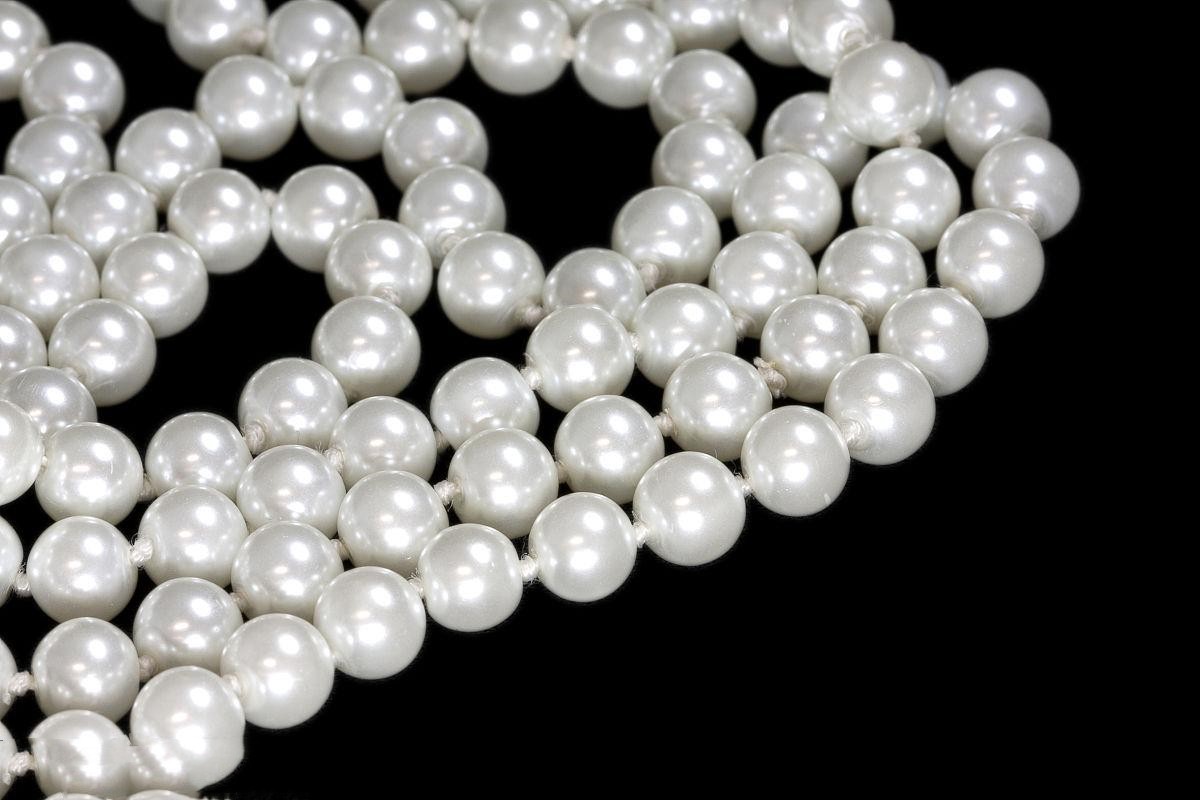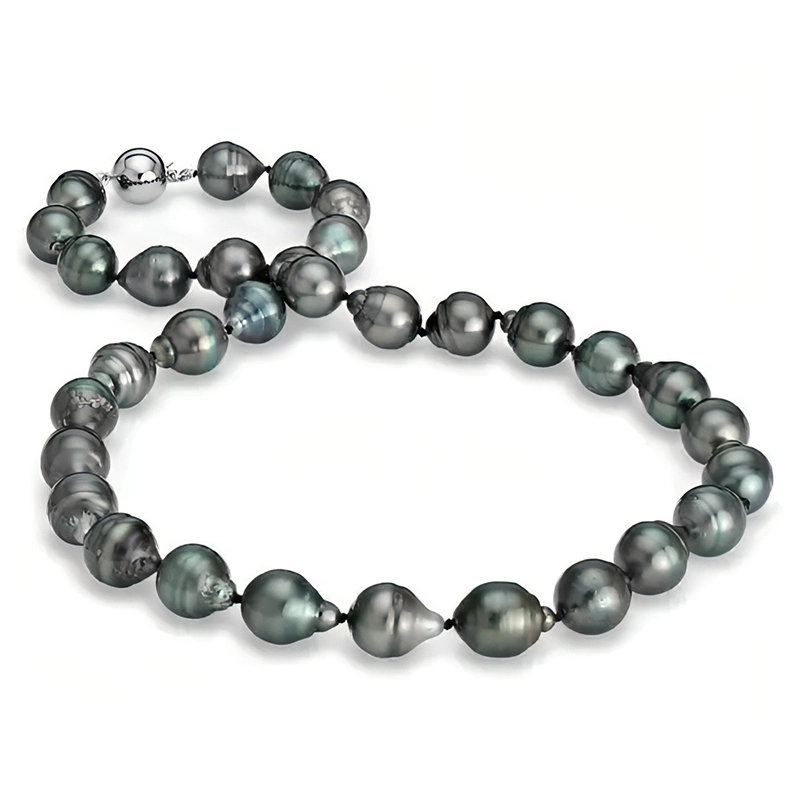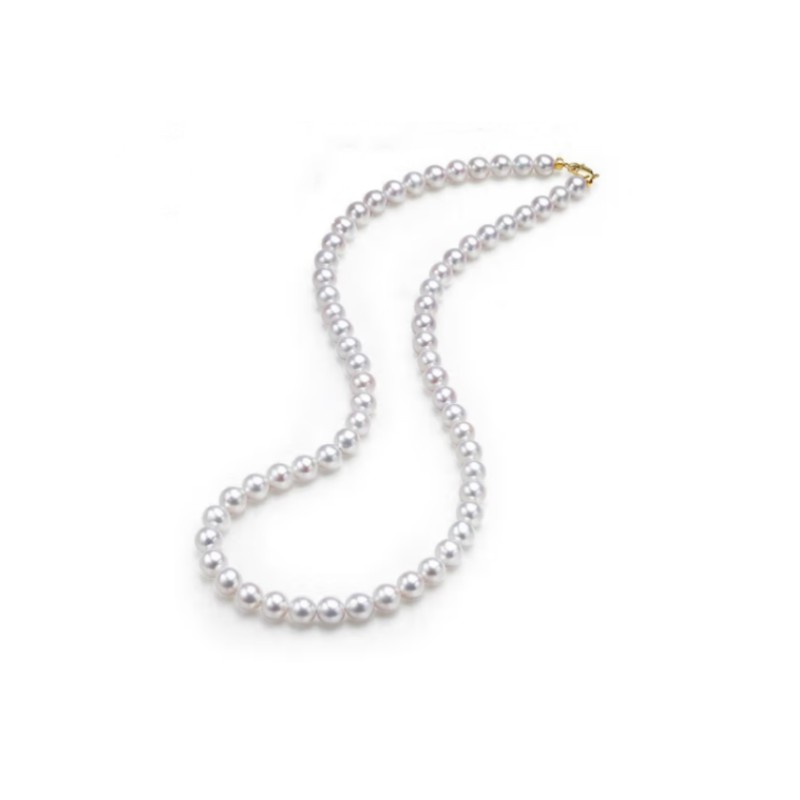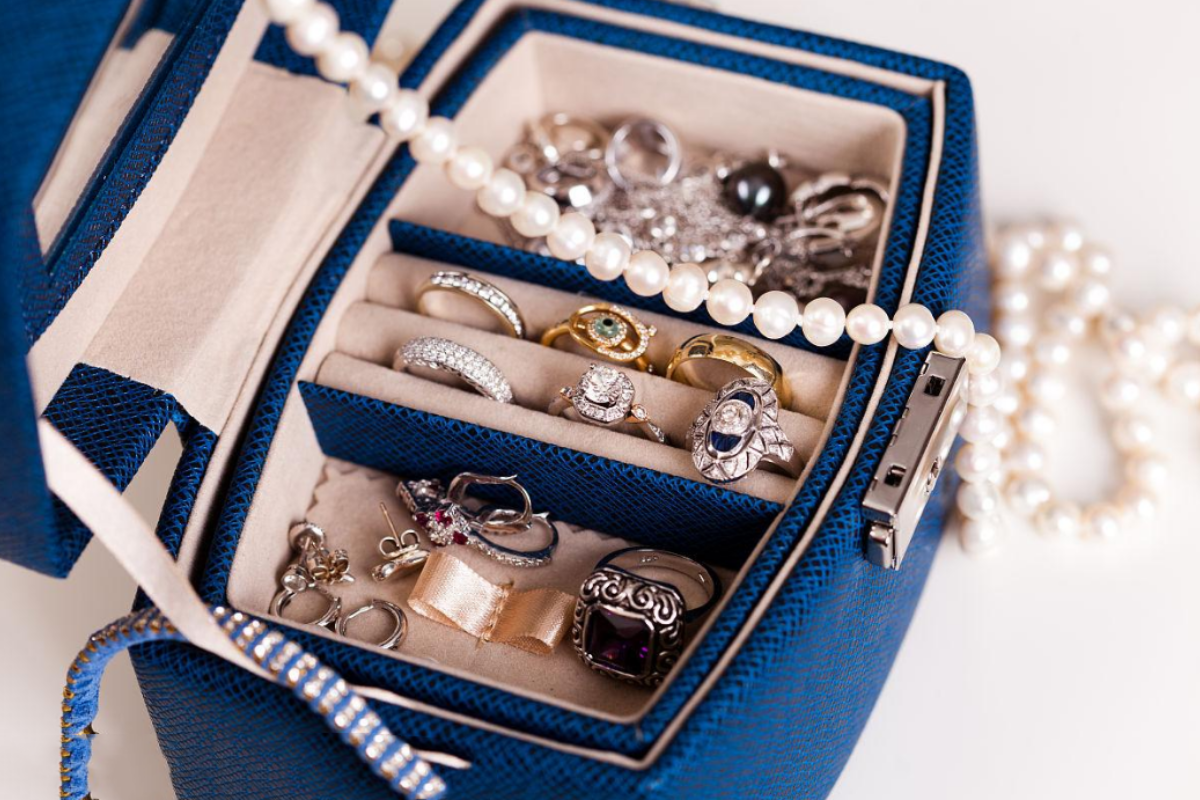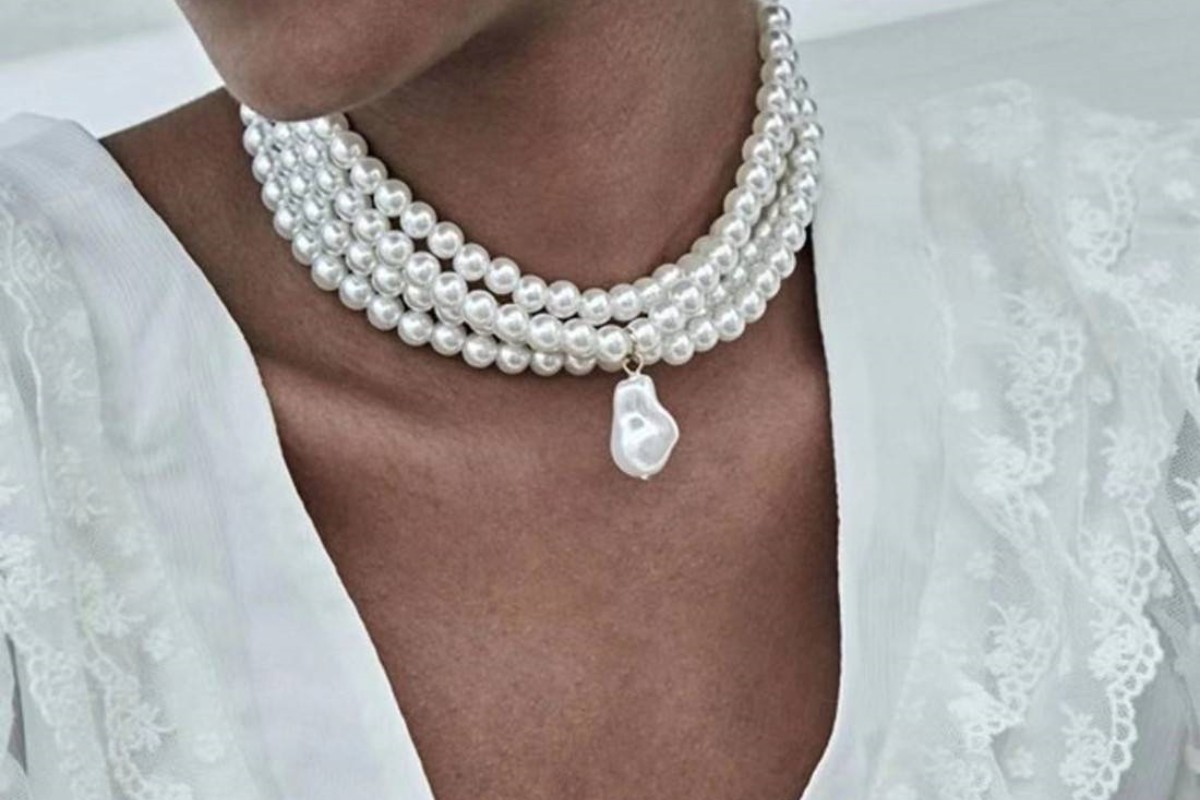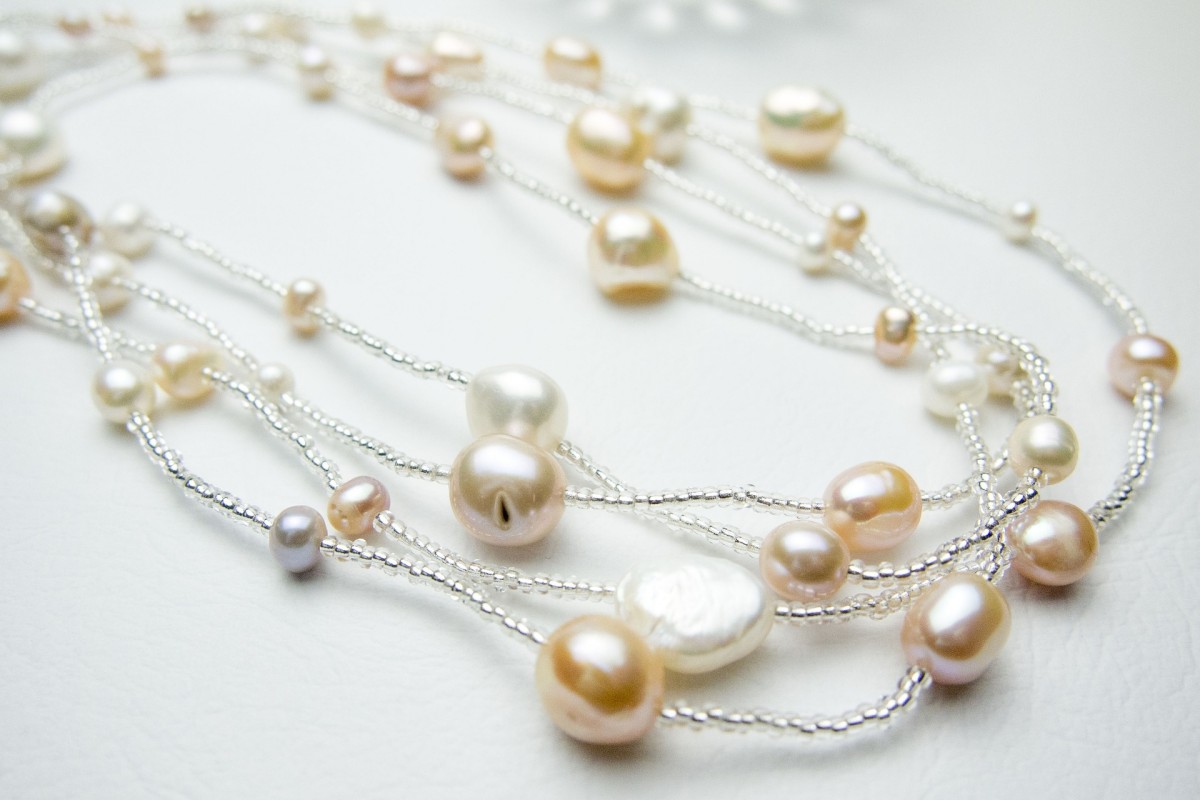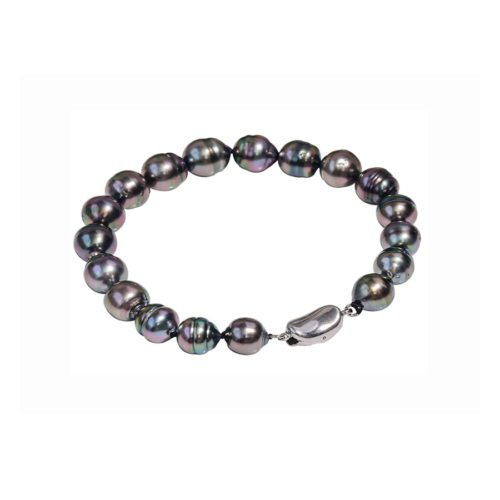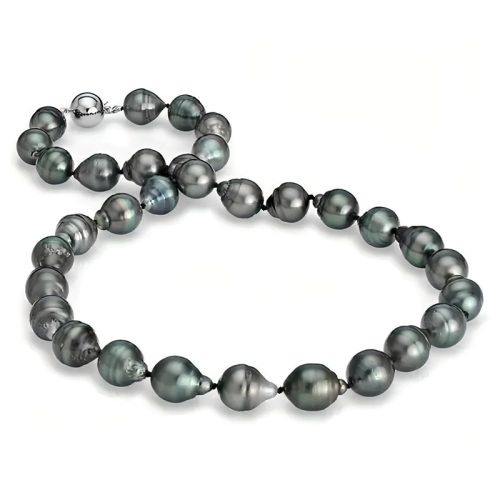Unveiling the Mystery: How to Tell if Your Pearl Necklace is Authentic?
Introduction to Pearl Necklaces
Pearl necklaces are timeless and classic piece of jewelry that has been treasured for centuries. They add a touch of elegance and sophistication to any outfit and are a popular choice for special occasions such as weddings and formal events. However, with the rise of imitation pearls, it can be difficult to tell if a pearl necklace is authentic or not. In this article, we will discuss the key factors that determine the authenticity of a pearl necklace and how to identify them.
What Makes a Pearl Necklace Authentic?
The authenticity of a pearl necklace is determined by the type of pearls used, the quality of the string and clasp, and the visual cues that indicate a real pearl. Authentic pearls are created naturally by oysters and other mollusks, while imitation pearls are typically made from plastic or glass. The value of a pearl necklace is determined by the size, shape, color, and quality of the pearls, as well as the rarity of the type of pearl used.
The Types of Pearls Used for Necklaces
There are several types of pearls used for necklaces, including freshwater pearls, Akoya pearls, Tahitian pearls, and South Sea pearls. Freshwater pearls are the most common and affordable type of pearl, while Akoya pearls are known for their round shape and high luster. Tahitian pearls are prized for their dark colors, and South Sea pearls are the largest and most valuable type of pearl.
The Visual Cues to Identify a Real Pearl Necklace
Several visual cues can help you identify if a pearl necklace is authentic. One of the most important factors is the texture and weight of the pearls. Real pearls have a gritty texture when rubbed together, while imitation pearls feel smooth. They are also heavier than imitation pearls, which are often lightweight.
The Color of the Pearls
The color of the pearls can also indicate their authenticity. Real pearls come in a variety of colors, including white, cream, pink, and black. However, imitation pearls often have a uniform color and lack the natural variations of real pearls.
The Shape and Size of the Pearls
The shape and size of the pearls can also provide clues about their authenticity. Real pearls are rarely perfectly round and often have irregularities in their shape. They also come in a range of sizes, while imitation pearls are typically uniform in size.
The Quality of the String and Clasp
The quality of the string and clasp used to hold the pearls together is also important. Real pearls are often strung on silk thread, while imitation pearls are often strung on plastic or nylon. The clasp should be made of high-quality metal and fit securely.
Testing the Pearls with Your Teeth
One traditional method for testing the authenticity of pearls is to rub them against your teeth. Real pearls will feel gritty and slightly rough, while imitation pearls will feel smooth. However, this method is not recommended as it can damage the pearls.
How to Care for Your Pearl Necklace
To ensure the longevity of your pearl necklace, it is important to care for it properly. Store it in a soft, dry place and avoid exposing it to harsh chemicals or perfumes. Clean it with a soft cloth and warm water, and have it restrung every few years to prevent the string from breaking.
Conclusion
In conclusion, there are several key factors to consider when determining the authenticity of a pearl necklace. The type of pearls used, the visual cues, and the quality of the string and clasp all play a role in determining the value and authenticity of a pearl necklace. By using these tips, you can ensure that you are investing in a high-quality, authentic piece of jewelry that will last for years to come.
CTA: If you are looking for a high-quality, authentic pearl necklace, check out our collection at [https://www.pearlsnation.com/]. We offer a wide range of pearl necklaces in various sizes, shapes, and colors to suit your style and budget.
10.0-12.0mm Tahitian Baroque Pearl Necklace
Original price was: $2,599.00.$2,299.00Current price is: $2,299.00.
12% Off
10.0-11.0mm Tahitian Baroque Pearl Necklace
Original price was: $2,199.00.$1,899.00Current price is: $1,899.00.
14% Off
9.0-11.0mm Tahitian Baroque Pearl Necklace
Original price was: $1,599.00.$1,299.00Current price is: $1,299.00.
19% Off
8.0-10.0mm Tahitian Baroque Pearl Necklace
Original price was: $1,099.00.$899.00Current price is: $899.00.
18% Off
7.5-8.0mm AA+ Round Japanese Akoya Pearl Necklace in White
$589.00 – $662.00
16% Off
6.0-6.5mm AA+ Round Japanese Akoya Pearl Necklace in White
$269.00 – $302.00
27% Off
5.5-6.0mm AA+ Round Japanese Akoya Pearl Necklace in White
$253.00 – $284.00
17% Off
6.5-8.5 mm 16 Inch AA+ Candy Color Freshwater Pearl Necklace
$90.00

